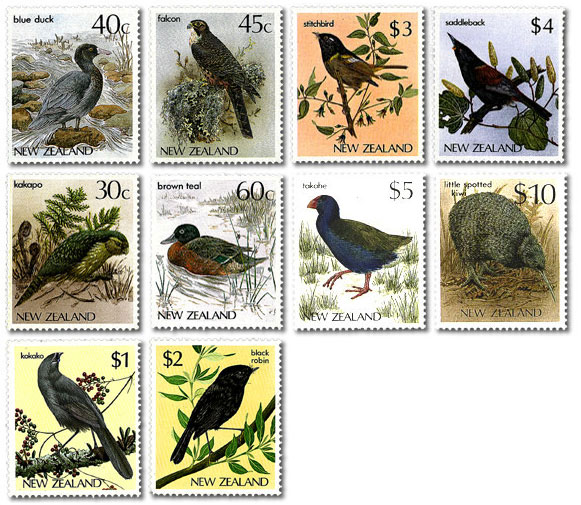Ingestion is probably the most common way that birds are exposed to pesticides. Birds can swallow the pesticide directly, such as when a bird mistakes a pesticide granule for a seed, or indirectly, by consuming contaminated prey. They may also ingest pesticide residues off feathers while preening, or they may drink or bathe in tainted water. Pesticides can also be absorbed through the skin, or inhaled when pesticides are applied aerially.
Pesticides can also affect birds indirectly by either reducing the amount of available food or altering habitat.
Birds that eat insects are literally at a loss when insecticides cause a drop in the number of insect prey available, especially when they have young to feed. The breeding season of many birds has evolved to coincide with peaks of insect abundance. Unfortunately for them, peaks in insect abundance also mean peaks in insecticide use.
Herbicides, too, can lead to decreases in insect availability by eliminating weeds on which insects live– a chain of events responsible for sharp declines of Grey Partridges Perdix perdix in the United Kingdom. The food supply of birds that eat the seeds of weeds can also be reduced by herbicides. In Britain, Linnets Carduelis cannabina, a type of seed-eating finch, have gone from being a rather common bird on agricultural lands to an extremely rare one due to this type of indirect herbicide effect.
Another way that herbicides can harm birds is by reducing the amount of plant cover available for predator avoidance and nest concealment. For example, herbicides have been used extensively in the western United States to convert sagebrush habitat into cattle pastures. This loss of sagebrush has caused declines in Brewer’s Sparrows Spizella breweri, which require the cover provided by the plant for nesting.
Source: Smithsonian National Zoological Park
http://nationalzoo.si.edu/scbi/migratorybirds/fact_sheets/default.cfm?f…

- Log in to post comments
